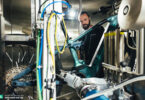Case study: The true cost of owning an eMTB
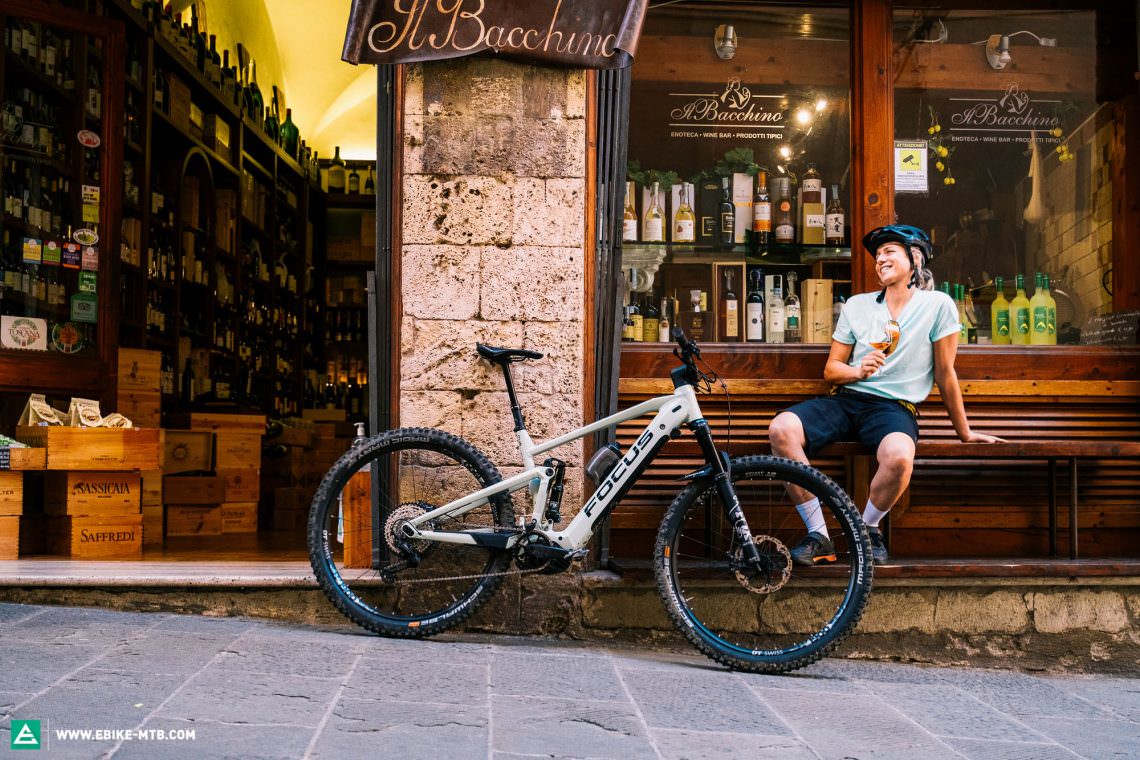
We all know that eMTBs aren’t cheap, but many of us don’t realise that the bike isn’t the only thing you’ll have to spend your cash on: the cost of gear, maintenance and spares all add up. What additional costs are involved in eMTBing and how much should you realistically expect to spend?
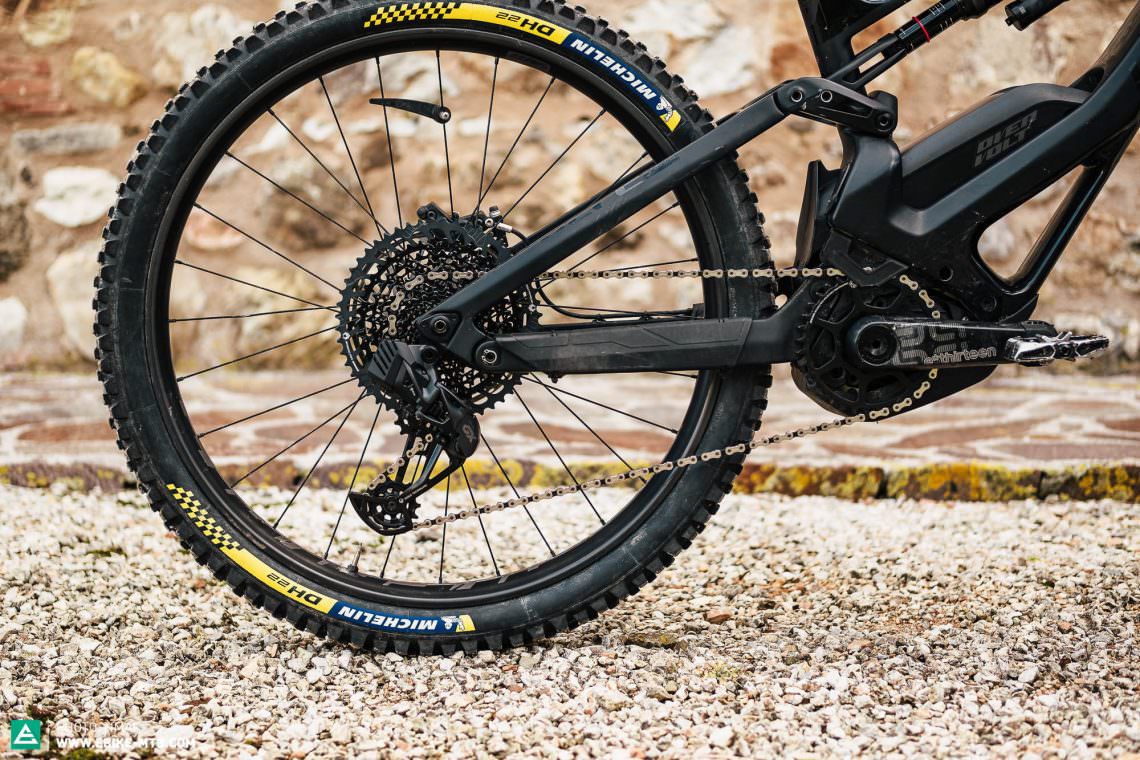
Buying a bike
As every year, we set out to find the best eMTB of 2021, comparing some of the hottest bikes available. The average price of the 2020 test field came in at € 8,121 and increased to € 8,846 for 2021. We tested only flagship models as they represent the industry’s cutting edge. Despite our love for high-end bikes, we’re fully aware that many of our readers will end up buying more affordable models. Our most recent survey showed that our readers spent an average of € 4,593 on their current eMTB while planning to spend € 4,953 on their next bike. That’s a lot of money, though significantly less than what you can expect to splash out on a top-of-the-range eMTB. If you think about it, you’re saving twice – not only are mid-range bikes more affordable, but your running costs will also be lower.
From head to toe
Many of us seem to forget that the actual bike purchase is just the beginning. You’re going to need some basic equipment before you can hit the trails safely and comfortably. First of all, this includes pedals, as most new eMTBs are sold with very cheap plastic pedals, if at all.
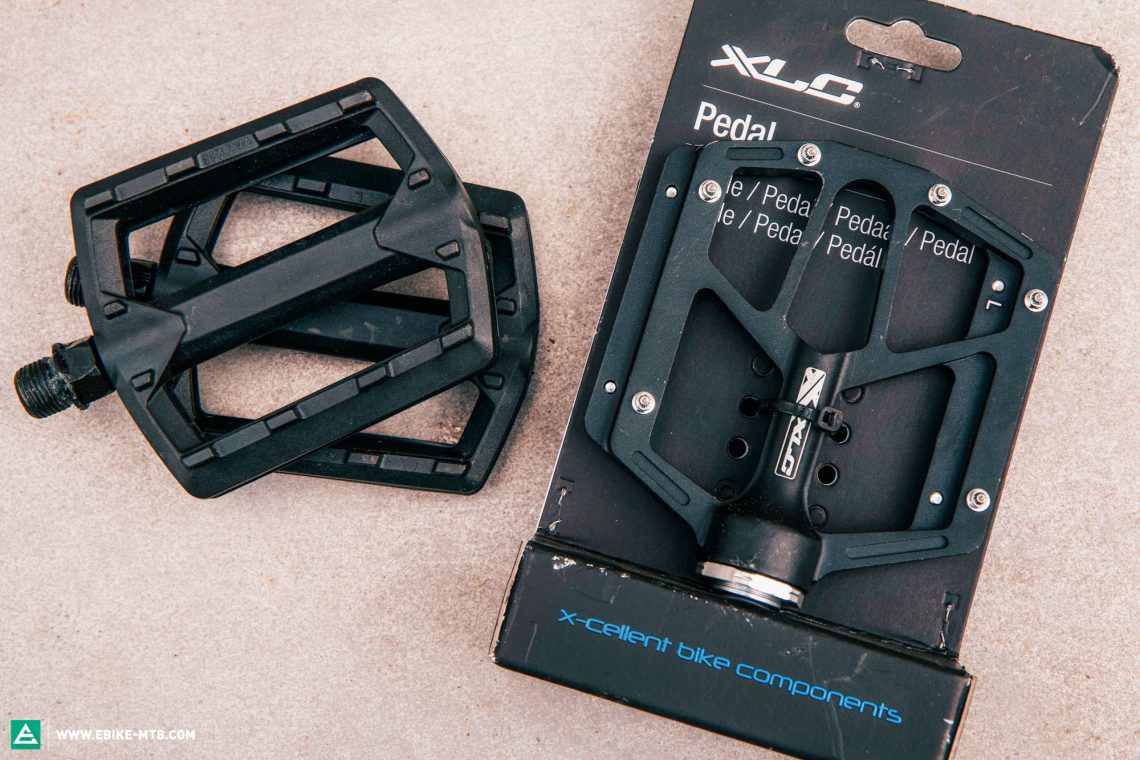
We also consider a helmet to be essential. For a summary of what to look for when buying a helmet and whether a classic MTB helmet or a full face model is the right for you, take a look at our eMTB protection guide. You can invest more money in functional clothing and accessories, including waterproof jackets, backpacks, gloves, shoes, glasses, mini-tools etc., which will quickly add up to a four-digit figure. You don’t always have to go for the most expensive stuff, but be careful, bargains aren’t always as good as they seem. Poor build quality and mediocre performance can often cost you more in the end.
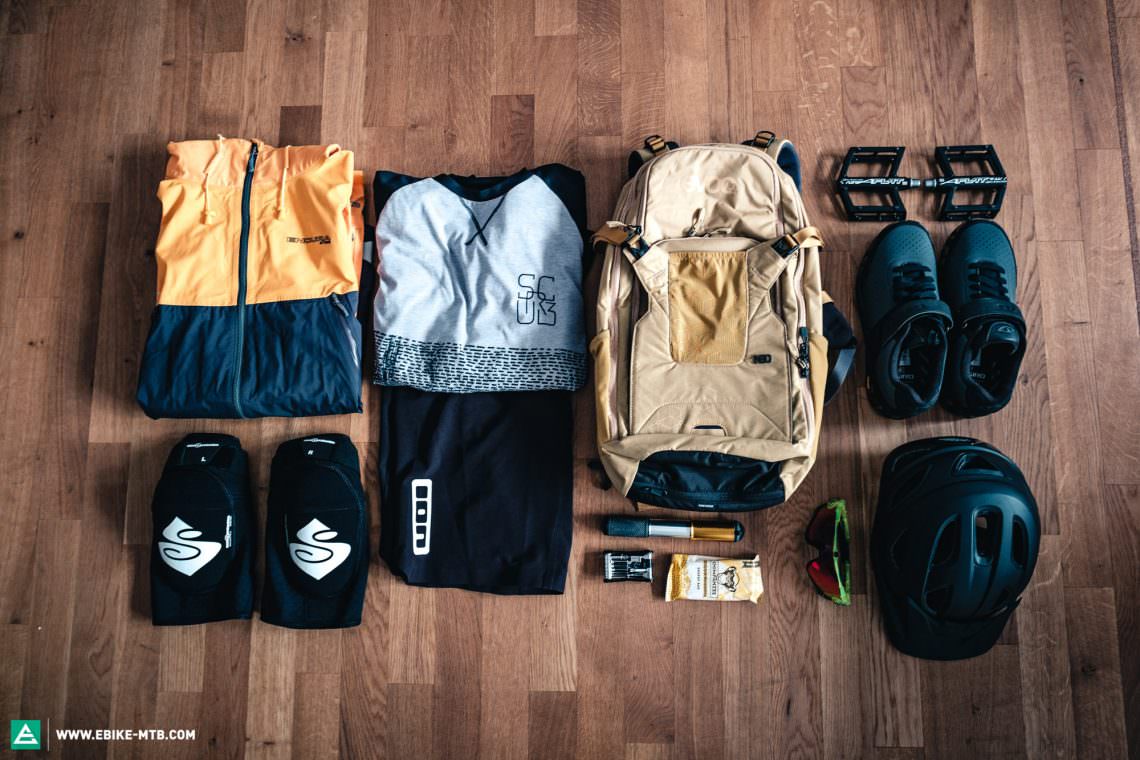
Maintenance
Modern eMTBs are largely fitted with mountain bike components that still aren’t designed to withstand the higher loads of eMTBing. But why is the wear and tear higher than with conventional non-motorised mountain bikes? The additional power and torque produced by the motor subjects drivetrain components such as the chainring, chain and cassette to greater stresses and loads. These are also transferred to the bearings of rear linkage and the rear hub.

Some manufacturers have already addressed this issue and are speccing eMTB specific components like the reinforced DT Swiss Hybrid wheels. However, many brands still rely on standard mountain bike components.
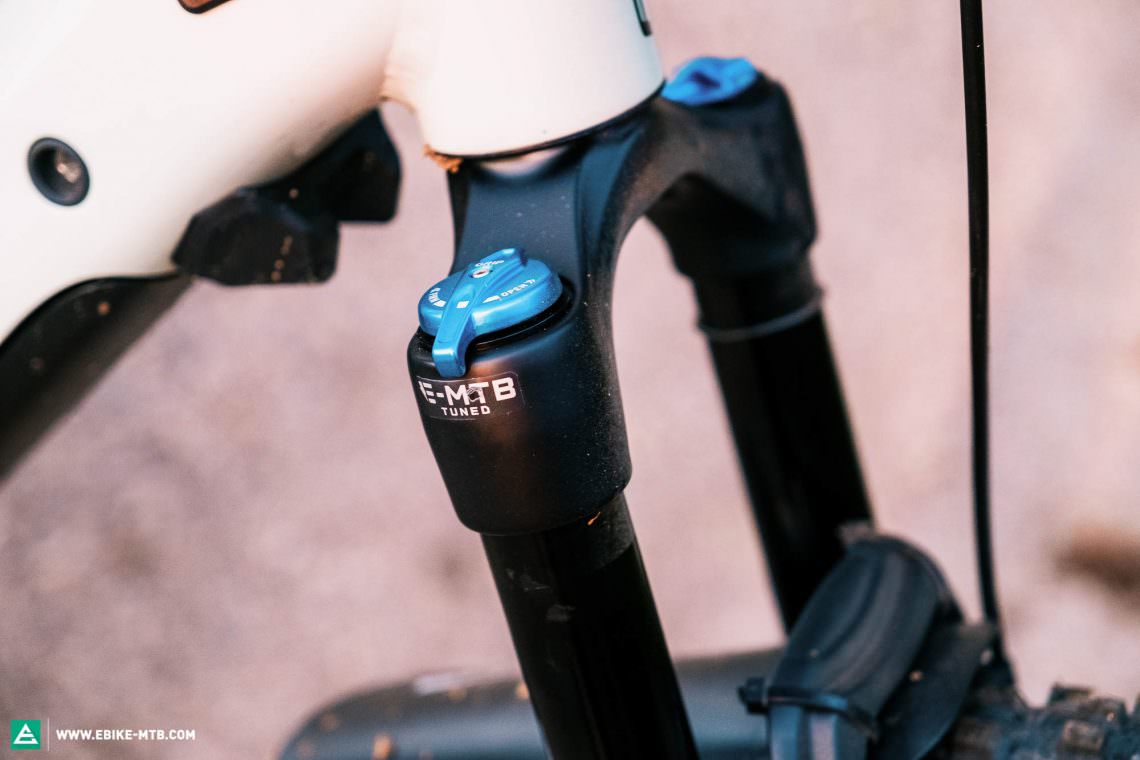
The heavier weight of eMTBs also plays a significant role. The first thing you’ll notice is that the higher weight affects the brakes, causing pads and discs to wear out faster. But suspension forks, shocks, frames and bearings all have to withstand higher stresses too, impacting long term durability. Finally, there is the human factor too – eMTBs make us ride higher, harder and further than we’ve ever done and as a result, many of us will cover a lot more distance every year than we did with our non-motorised MTBs.
Finding the right balance
When choosing your spares, there will almost always be a compromise between cost, durability and performance. You’ll find a wide range of low-wearing tires with hard rubber compounds but unfortunately, this type of tire tends to lack grip. Check our tire group test to find out which is the perfect tire combination for you. When replacing your brake pads you can save money by buying cheaper aftermarket products but not all of them offer the same performance as OEM spares. Spare parts are currently in short supply and difficult to find, which is why you may have to switch to alternative brands for your brake pads. We’ve already taken a closer look at the reasons for this in a separate article: Bike boom in a crisis? Long delivery times, limited availability and higher prices for 2021.
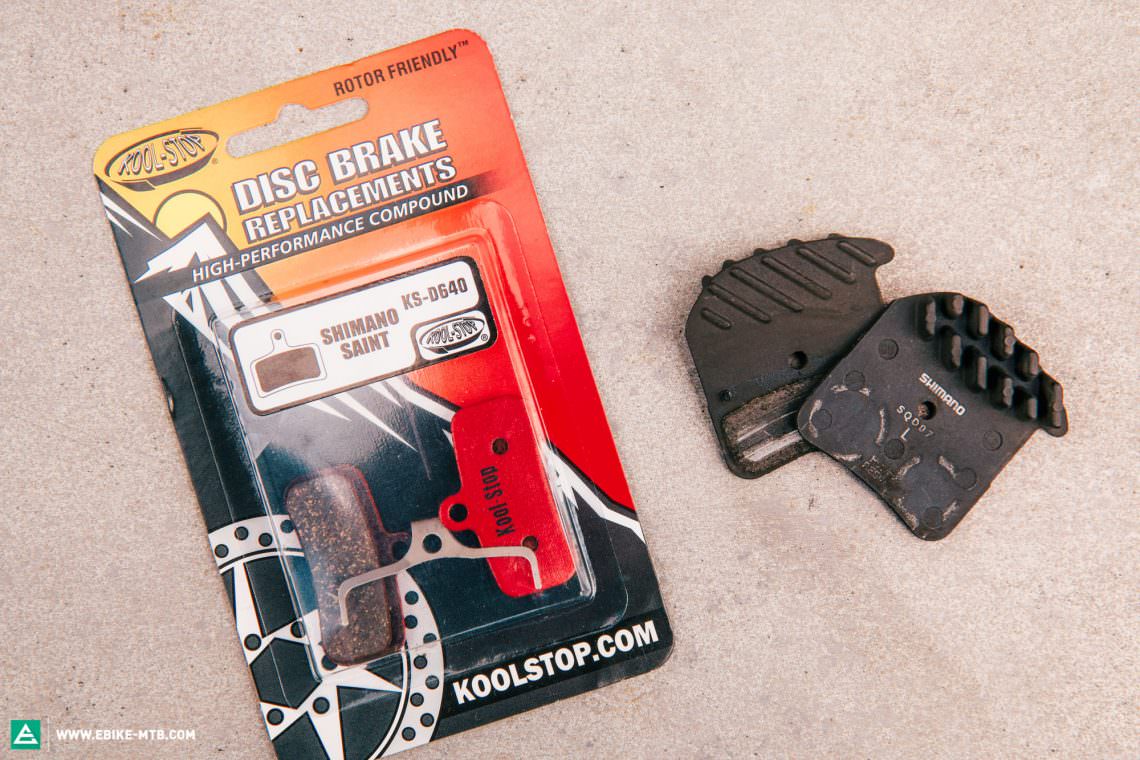
How much does an ebike inspection cost?
There is no general answer to this question as there are differences between dealers and workshops. The costs for a routine annual inspection are between 70 and 120 Euros. Some dealers charge more for customers who didn’t buy the bike from them. If wear parts or other components have to be replaced, that will incur additional costs.
Replacement parts
Not everyone is born a gifted mechanic and most of us don’t have the time or the patience to keep our bike in good nick. However, minor repairs and maintenance such as changing tires, brake pads or the chain can easily be carried out at home. In our know-how section, you’ll find lots of tips and instructions on how to fix your bike yourself but at some point, even seasoned home-mechanics may want to visit a professional workshop. Depending on how much you can do yourself, you should factor in additional costs for repairs in the bike shop. When replacing an expensive cassette, you should check the chain for wear and replace that, too, if necessary. Many riders follow the rule of thumb according to which you should replace the cassette for every second chain. At the latest, you’ll know that you need a new cassette when the chain starts slipping.

Example calculation
Component lifetime will depend on individual use and riding style. Do you use your eMTB mainly in city traffic, daily commuting and on gravel roads, or do you prefer sticking to the trails and don’t shy away from riding in adverse weather? Do you predominantly ride in Eco mode, or do you enjoy the assistance of Turbo/Boost mode? Do you do a lot of climbing, or do you stick to flat elevation profiles? Shifting under load naturally places a lot more stress on the chain and drivetrain as a whole compared to a more gentle riding style. Proper chain care also extends the life of your drivetrain and saves you money. It may be necessary to replace the chain after just 1,000 kilometres, though a more considerate riding style and proper drivetrain care can extend the chain’s service life to 3,000 kilometres. Of course, the same applies to the brakes, tires and suspension.

According to our 2020 reader survey, you ride an average of 2,440 km per year, which is what we based our calculations on here.
Prices reflect the average of large online shops and refer to replacement parts fitted on the FOCUS JAM² 6.9 NINE. We’ll assume that you carry out all repairs yourself and already own the necessary tools. You should consider a full fork- and shock-service at least once a year. Most bike shops will send your suspension off to the manufacturer or a certified service centre.
Moderate use
Mainly on bike and woodland paths, minimal climbing, and seldomly shifting under load …
| Spare part | Quantity | Price | Total price |
|---|---|---|---|
| Chain | 1 | 33 € | 33 € |
| Casette | 0 | 100 € | 0 € |
| Chainring | 0 | 32 € | 0 € |
| Brake pads | 2 | 20 € | 40 € |
| Rotor | 0 | 40 € | 0 € |
| Tires | 1 | 65 € | 65 € |
| Fork service | 1 | 144 € | 144 € |
| Shock service | 1 | 144 € | 144 € |
| Total | 426 € |
Hard use
Very active riding style, riding muddy trails, shifting under load in high support modes …
| Spare part | Quantity | Price | Total price |
|---|---|---|---|
| Chain | 2 | 33 € | 66 € |
| Casette | 1 | 100 € | 100 € |
| Chainring | 1 | 32 € | 32 € |
| Brake pads | 3 | 20 € | 60 € |
| Rotor | 2 | 40 € | 80 € |
| Tires | 2 | 65 € | 130 € |
| Fork service | 1 | 144 € | 144 € |
| Shock service | 1 | 144 € | 144 € |
| Total | 756 € |
If you’re hard on your eMTB, the cost of replacement parts can quickly add up to € 400–500 or more per year, while fair-weather riders who are careful with their bike may only have to spend about € 100–150 for the same mileage. That’s excluding the costs of having your fork and shock serviced. FOX recommend having your suspension serviced once a year or after 125 hours of use, whichever comes first. For our calculation, we used the manufacturer’s recommended retail price where available and based the fork and shock service on FOX’s service price list. This calculation isn’t intended to be a deterrent, but it illustrates the importance of not underestimating the running costs of owning an eMTB. Of course, those who mainly ride on forest service roads or commute to work in ECO mode on bike paths will have significantly lower costs with the same mileage. On the other hand, if you ride a bike for several years, other items such as bearings, shifter cables or grips will also need replacing.
Electricity costs
Our 2020 reader survey showed an average annual mileage of 2,440 km, which accounts for around € 10 in electricity costs – assuming an electricity consumption of 500 Wh per 40 km and a price of 32.05 cents per kilowatt-hour (kWh).

Bottom line
You could still add the cost of insurance, holidays, follow-up expenses after a crash, but you’ve got to draw the line at some point! If you swap your car with an ebike for your daily commute, you could end up saving. For most people, eMTBing is a hobby, even a true passion and lifestyle for some, so there’s no point in pinching every penny. You’ve got to consider the bigger picture. EMTBing keeps you fit and healthy, it’s fun, and it will change your lifestyle for the better.
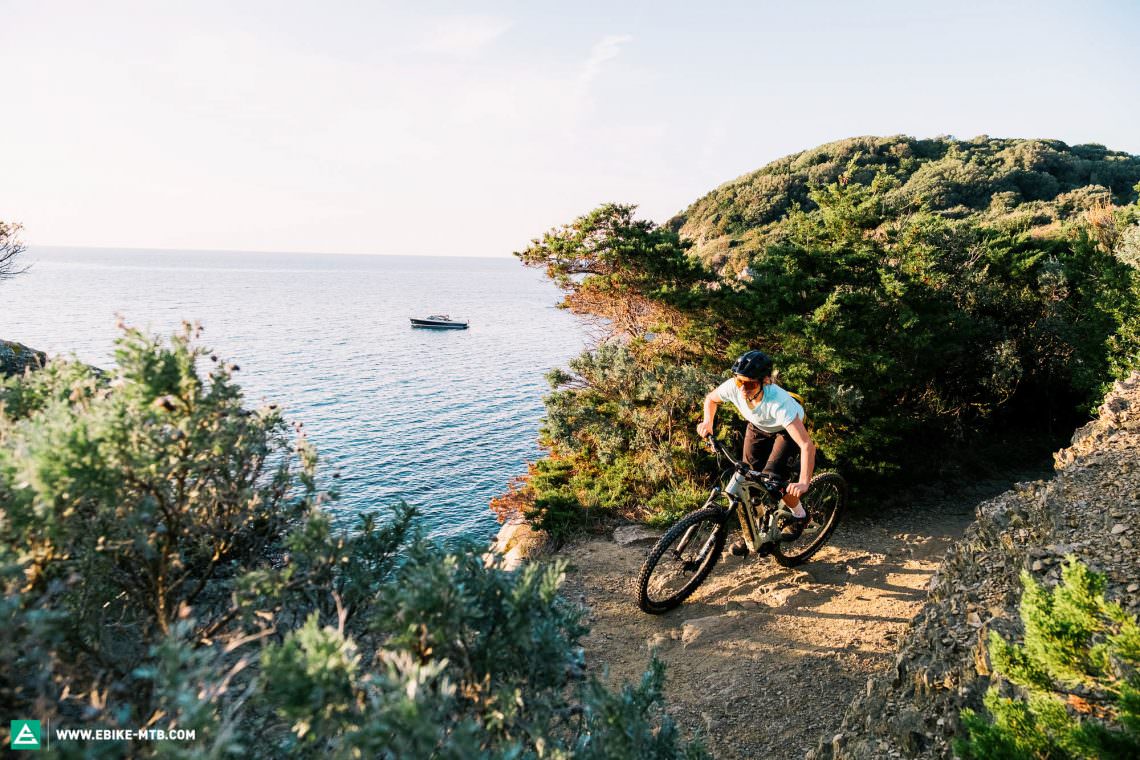
Did you enjoy this article? If so, we would be stoked if you decide to support us with a monthly contribution. By becoming a supporter of E-MOUNTAINBIKE, you will help secure a sustainable future for high-quality cycling journalism. Click here to learn more.
Words: Moritz Dittmar, Manfred Schmitt Photos: Trevor Worsey, Valentin Rühl






